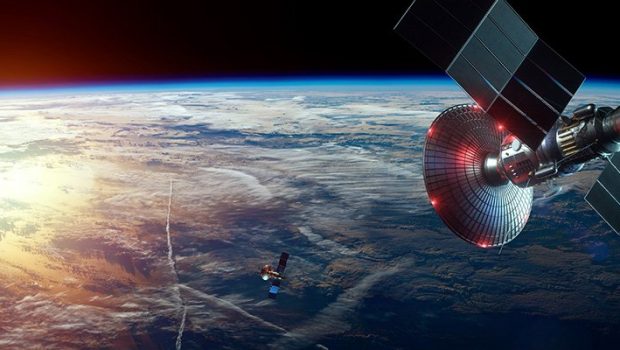How cloud technology is supporting space missions
Cloud computing, which has provided earthlings with easy access to compute and other cutting-edge capabilities, is making its way into space as cloud suppliers continue to push the frontiers of the technology.
In late 2022, Amazon Web Services (AWS) announced that it successfully deployed a suite of compute and machine learning (ML) software on an orbiting satellite in a first-of-its-kind space experiment.
The 10-month experiment was conducted with space logistics and transportation company D-Orbit in low Earth orbit, enabling quick analysis of space data directly on satellites while only downlinking the most useful images for storage and further analysis.
During the experiment, the team applied various ML models on satellite sensor data to identify specific objects in the sky – such as clouds and wildfire smoke – and objects on Earth including buildings and ships.
Speaking at AWS re:Invent 2022 in Las Vegas, Clint Crosier, director of AWS’s aerospace and satellite business, said the experiment was an example of how cloud technology can play a larger role in supporting space missions.
“As we look at the new missions in space, we're going to be able to go out and repair satellites and operate from space stations which we could never do before,” he said. “We're also going to do asteroid mining, and entertainment and tourism in space, which all require robotics, greater autonomy, more processing speed and more bandwidth.
“All the new missions emerging in space in the next 10 or 20 years are going to require the same cloud-based advanced technology, and so it's our goal at AWS to push that to wherever customers need it.”
Another area where cloud technology could be applied in space is the identification and management of space debris, which astronauts at the International Space Station have had to navigate around to prevent catastrophic collisions.
Peggy Whitson, a US biochemistry researcher and retired Nasa astronaut who spoke at the event, said there are models suggesting that if nothing is being done to reduce space debris by 2050, it will be hard to get out of low Earth orbit where the majority of satellites are.
“There are various intergovernmental agreements that if you launch a satellite, you should be able to bring it down before it fails,” Whitson said. “There's going to have to be some enforcement of that, but I also see it as a new avenue for technologies to either refuel, refurbish or re-orbit satellites, or collect them to reuse all the metals and ores in them.”
Crosier, a retired US Air Force major-general who served as director of space force planning in the Office of the Chief of Space Operations before joining AWS, concurred, noting that there will be technologies to come that will “improve our ability to detect and understand what's happening in orbit”.
Space technology startup LeoLabs is already addressing that problem with a system that predicts potential collisions between space objects and satellites using ground-based radars.
LeoLabs was running its system on-premise, but it could take up to eight hours to calculate the probability of a collision between any two objects. After leveraging high performance computing resources on AWS, it was able to reduce that to just 10 seconds, enabling satellite operators to quickly adjust the course of their satellites in time to avoid a collision.
“That's real-time space traffic management and that's what cloud and the advanced processing capabilities of AI and ML will bring to these problem sets,” he added.
Rival Microsoft is also looking to apply its cloud services in space applications. In Australia, it has teamed up with Nokia, the South Australian government and the Australian Institute for Machine Learning to explore how advanced cloud computing, AI, computer vision and machine learning can be applied in space.
They are expected to model, emulate and simulate complex space operations and systems; build algorithms to process onboard satellite data; develop solutions to remotely operate satellites; and address space domain awareness and debris monitoring.








Gloss